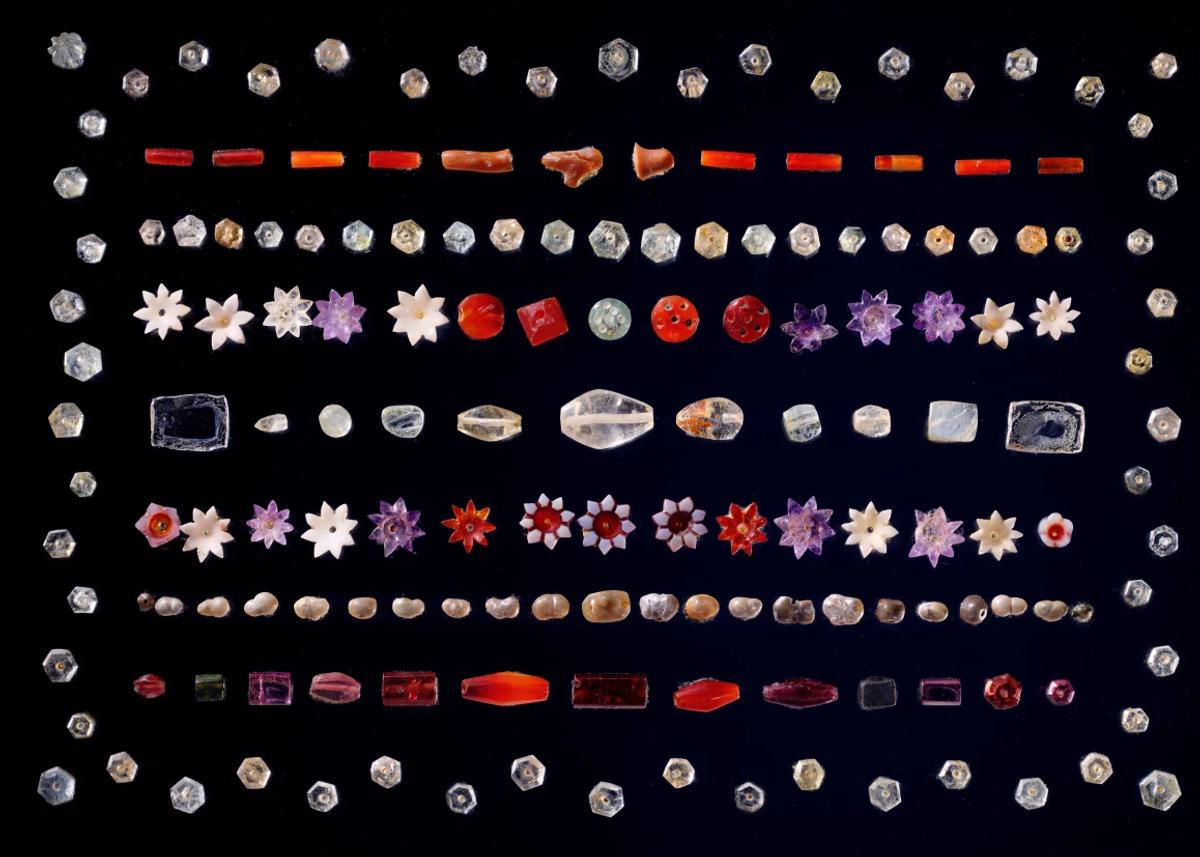Sotheby's has returned ancient gems linked to the Buddha's remains following pressure from the Indian government. The jewel collection, a historically significant trove known as the Piprahwa gems, was due to be auctioned in Hong Kong in May, but the sale was halted after legal intervention. On Wednesday (30 July) it was announced that the gems had been purchased from Sotheby's by Godrej Industries Group, a Mumbai-based conglomerate.
"A joyous day for our cultural heritage!", wrote India's prime minister Narendra Modi on X. "It would make every Indian proud that the sacred Piprahwa relics of Bhagwan [Lord] Buddha have come home after 127 long years. These sacred relics highlight India’s close association with Bhagwan Buddha and his noble teachings. It also illustrates our commitment to preserving and protecting different aspects of our glorious culture."
A legal notice issued by the Indian ministry of culture to Sotheby's in May, shortly before the sale was due to take place, stated that the gems should be treated as the sacred body of the Buddha. They constitute part of the "inalienable religious and cultural heritage of India and the global Buddhist community" whose sale would "violate Indian and international laws, as well as United Nations conventions", it continued.
The letter also stated that to sell these relics would be to “participate in continued colonial exploitation”. The Piprahwa gems are a collection of around 1,800 jewels that were excavated in 1898 by the engineer William Caxton Peppé from a Buddhist funerary monument, or stupa, he found on his estate in Uttar Pradesh, northern India, during the British Raj. Buried in around 240-200BC, the trove was mixed with some of the cremated remains of the Buddha, who died in 440 BC. An inscribed urn in the collection led archaeologists to identify bone fragments in the collection as allegedly belonging to the Buddha. Sotheby's has described the collection as “one of the most astonishing archaeological finds of the modern era”.
The trove itself contains a variety of gems, including sapphires, rubies, amethysts, garnets, pearls and gold sheets, either worked into pendants and other ornaments or in their natural form. Peppé eventually handed over the collection to the British government, which dispersed them across a number of museums in the subcontinent, placing most of the jewels in the Indian Museum in Kolkata. The bone fragments were returned to the Buddhist King of Siam (Rama V) and have since been distributed to shrines in countries such as Thailand, Sri Lanka, and Myanmar, where they are objects of religious worship.
Peppé was allowed to keep around 20% of the collection, some 350 gems, which were then passed down to his heirs, three of whom had consigned them to Sotheby's. The collection was valued with an estimate of $100m Hong Kong dollars (£9.7m) by Sotheby's.
Sotheby's said it was “delighted” to facilitate the return, following two months of negotiations between the Peppé's heirs, Delhi and Godrej. The relics will now rejoin the main collection that was donated to the Indian Museum and go on permanent public display in India, the auction house said.
We are deeply honoured to contribute to this historic moment. The Piprahwa gems are not just artefacts—they are timeless symbols of peace, compassion, and the shared heritage of humanity," Pirojsha Godrej, executive vice chairperson of Godrej Industries Group, was quoted as saying in a government press statement.


